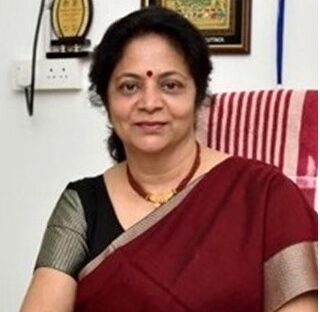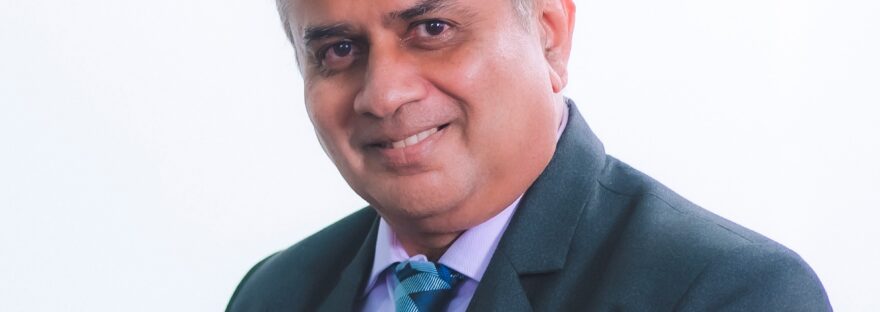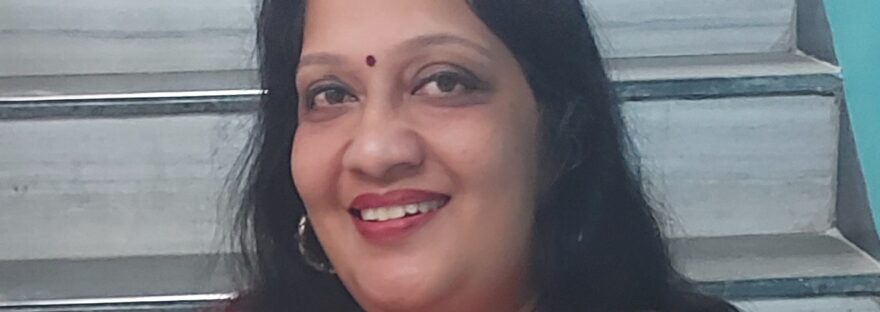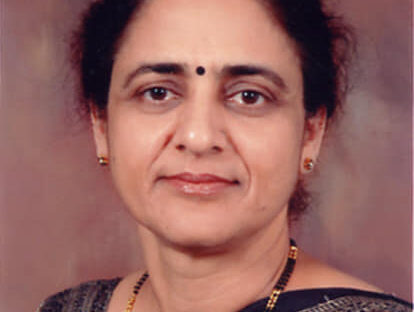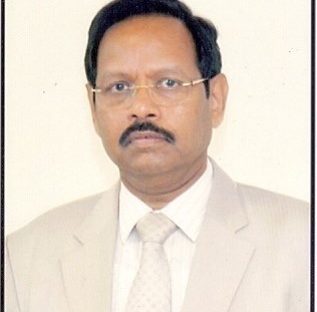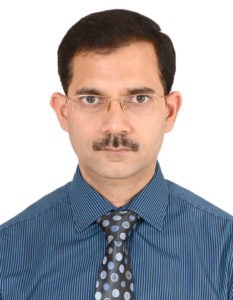Mentoring is a word thrown around much in today’s educational context. Questions which frequently crop up are: Why should I mentor? What aspects constitute mentoring? How should institutions support mentoring? Here is a brief overview of these themes.
Why should I mentor?
Each one of us would have been mentored by another individual(s) and much of our personal/professional growth would be due to the guidance of the mentor. The mentor-mentee relationship is at the heart of the guru-shishya parampara. In answer to the fundamental question of “why should I mentor”, I invite the reader to introspect on those individuals who helped you reach your current position. If you have benefitted from the mentoring provided by someone else, then a karmic way of repaying that debt is to be a mentor for somebody else! Of course, other than the philosophical stance, research evidence establishes the mutual benefit of the mentor-mentee relationship to the mentor. Apart from the feel-good emotional enablers, mentors have habitually experienced a role reversal and been mentored by the mentee as well! Mentoring gives an insight into the generational problems faced by the mentees, which, when considered in academic settings, certainly augments the role of the teacher. The time and energy invested in the mentor-mentee relationship often grows into remarkable friendships.
What aspects constitute mentoring?
The mentor identifies the potential of the mentee and guides the mentee towards realizing this potential. Mentors have a great role in nurturing the intellectual growth of the mentee. The mentor’s experience brings in wisdom which is crystalized from the years of practical experience and theoretical knowledge. The mentor challenges the mentee’s understanding which aids critical thinking and reflection, the two tools critical for self-growth.
The mentor is not meant to be a problem solver, but someone who helps in problem solving. A mentee could be immersed in the problem and unable to find their way out. A mentor, being outside the problem, sees the issue on hand from a pragmatic lens. This pragmatic approach equips the mentor to have a better vision of the problem, the etiological factors which led to it in the first place and probable solutions to it. However, it is not the role of the mentor to solve the issue for the mentee. Mentors draws the mentee’s attention towards the contributory factors and probable solutions. They let the mentee take ownership of the issue and co-construct the solutions to the concern on hand.
The mentees we deal with in the academic set-up are often in a power-related hierarchical relationship. The power hierarchy could place the mentee at a disadvantaged position. The mentee might find it difficult to clearly articulate his/her thoughts which might be contradictory to the mentor’s. The mentor needs to be mindful of this power hierarchy and conscientiously establish psychological safety for the mentee. Psychological safety stems from the verbal and non-verbal language during the interaction. Mentor’s verbal reassurances which mitigate the power equation, establish cordial interactions built on mutual respect and understanding. The non-verbal body language such as a smile, open unfolded hands, relaxed posture invites trust. The trust created assuages the doubts in the mentees and encourages them to be more forthcoming with issues on hand.
How should institutions support mentoring?
While mentoring is proven to be beneficial, it is often limited by the demands on the mentor’s personal time and energy. Some mentors experience the mentoring process to be painful exercise and some view it only as an activity to be undertaken as a “tick-box” for accreditation requirements. While the personal trait of the mentor influences the mentoring experience, institutions can foster mentoring by equipping mentors with the right skills. Institutional protected time, recognition of mentoring as a teaching activity, training, periodic reflection, and experiential sharing sessions helps mentors evolve into their role.
Mentoring is a win-win for the mentor, mentee, and the institution. It is entirely built on the foundational principles of human relationship – genuine concern, trust, empathy, and effective communication. It represents the human face of the institution. Mentors- mentees remember the emotional connectedness with each other in the institution, even when they are separated by time and distance as the mentoring phase becomes inactive. A caveat for successful mentoring is to mentor without any expectations, be genuine and look for opportunities to learn from each mentoring encounter.
(Dr. Jyotsna Sriranga, MHPE, MDS, FAIMER Fellow, is Director and CEO, Urja- Catalysts for Transformation. She is currently Secretary of AHPE)


